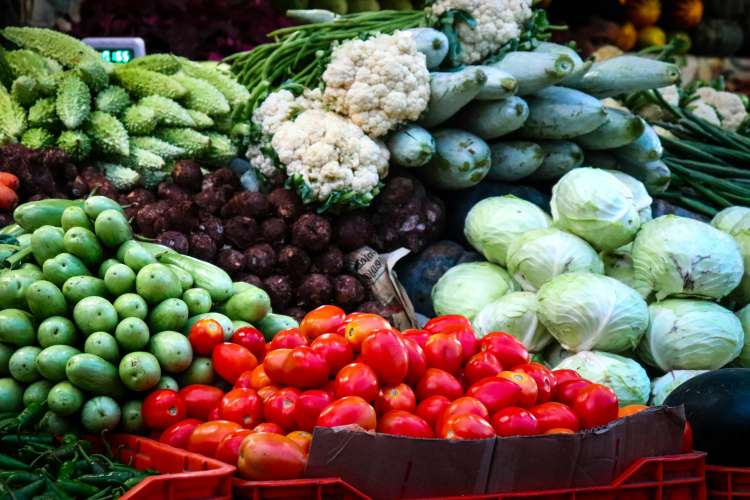
Repo rate conundrum: The Reserve Bank of India may have considered easing its policy stance in upcoming meetings of the monetary policy committee, but a sharp rise in vegetable prices in June, particularly essential vegetables like onions, tomatoes, and potatoes, has thrown a wrench in those plans. India was on track to achieve its inflation target of 4%, but persistent food inflation, particularly driven by volatile vegetable prices, has stalled progress, says the RBI’s monthly bulletin released last week.
The central bank has reiterated its commitment to fighting inflation, with the article on ‘State of the Economy’ emphasising that upcoming MPC meetings will focus on bringing inflation closer to the target. This could involve maintaining the current elevated repo rate or even considering a hike.
While food inflation is a major concern, the RBI report also highlights the risk of rising industrial metal prices. These pose a new threat, potentially undermining progress made in lowering core inflation (excluding food and energy). This suggests that inflationary pressures are not just limited to food but could become more broad-based, further complicating the situation for policymakers.
READ | Labour productivity decline across sectors threatens economic growth
Impact on rural economy, consumer sentiment
Beyond immediate price spikes, the RBI report also expresses concern about the long-term impact of deficient monsoon rains. As of June, several key agricultural regions faced deficient rainfall, raising fears of potential crop shortfalls in the coming months. This could further disrupt supply chains and exacerbate food price inflation in the future.
The dominance of food prices in driving overall inflation is a red flag, significantly impacting public expectations, particularly in rural areas, says the report. Persistent food price hikes could trigger a domino effect, pushing up wages, rents, and the general public’s perception of future inflation. This could dampen consumer sentiment and ultimately hurt economic growth, especially in rural areas where the recent revival in spending is a bright spot.
Apart from the repo rate, the RBI has other tools at its disposal to manage inflation. These could include open market operations to manage liquidity in the system or even verbal interventions by the Governor to manage inflation expectations.
The RBI’s communication strategy will be crucial in managing public expectations and maintaining confidence in its commitment to price stability. Clear and transparent communication from the Governor about the factors driving inflation and the policy measures being considered can help to anchor inflation expectations and prevent them from becoming self-fulfilling prophecies. Additionally, the RBI could consider providing more forward guidance on its future policy trajectory, allowing businesses and individuals to make informed investment and spending decisions.
Global risks and uncertainties
There is a need to acknowledge the additional challenges posed by the global environment. The ongoing war in Ukraine continues to disrupt supply chains and push up commodity prices, adding to inflationary pressures domestically. Additionally, any potential slowdown in global economic growth could impact export demand from India, further complicating the policy landscape.
The RBI faces a delicate balancing act between controlling inflation and supporting economic growth. The upcoming MPC meetings will be crucial in deciding the appropriate policy stance. While maintaining the repo rate or even a potential hike seems likely in the near term, the RBI will need to closely monitor both domestic and global developments to ensure long-term price stability and sustainable economic growth.
While controlling inflation is the immediate priority, the RBI must also be mindful of the need to support long-term economic growth. The recent revival in rural spending is a positive sign, and the central bank should strive to maintain conducive conditions for continued economic expansion. This may involve exploring targeted measures to address specific sectors or regions most affected by rising prices. Ultimately, the RBI’s success will be measured by its ability to achieve price stability without hindering India’s economic growth trajectory.
